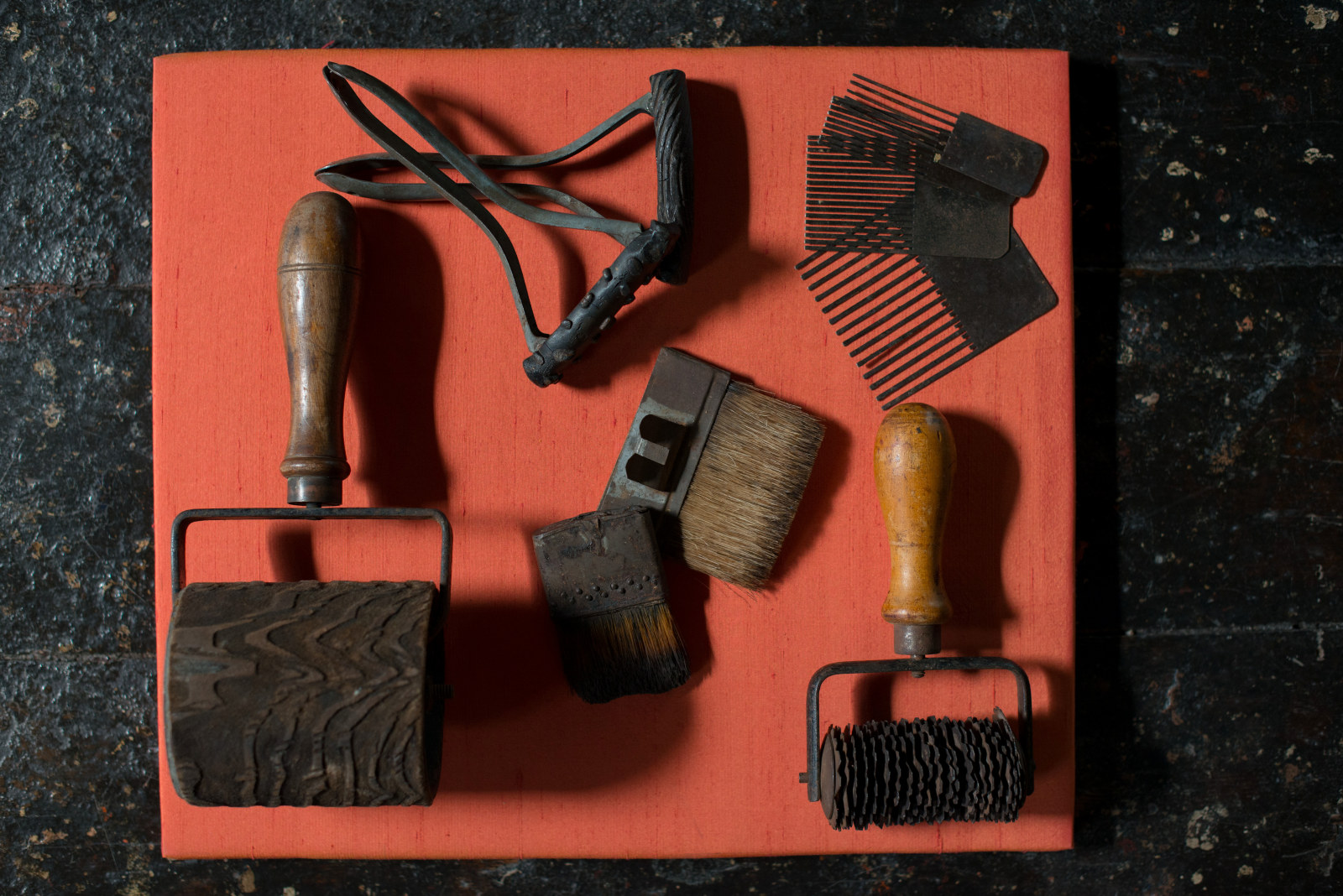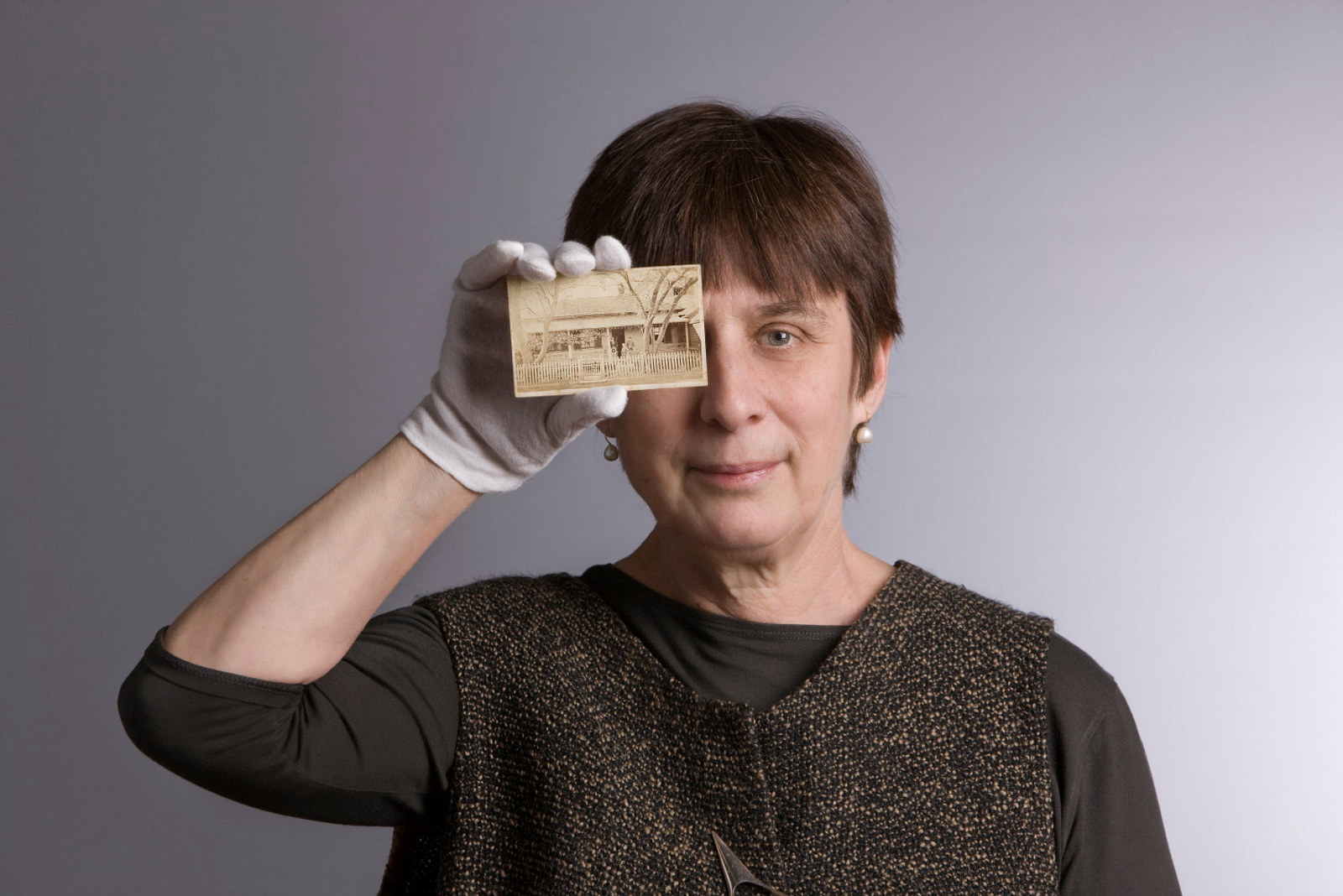The Wasmuth Portfolio
This work, usually referred to as the Wasmuth Portfolio, is regarded as one of the most influential architectural treatises of the 20th century.
As part of our ongoing digitisation work, we have recently made available online our copy of Frank Lloyd Wright’s Ausgeführte Bauten und Entwürfe von Frank Lloyd Wright. This deluxe edition is believed to be Wright’s proof copy of plates from his office at Midway Gardens in Chicago.
The Wasmuth Portfolio
Frank Lloyd Wright’s Ausgeführte Bauten und Entwürfe von Frank Lloyd Wright (Executed buildings and projects of Frank Lloyd Wright), usually referred to as the Wasmuth Portfolio, is regarded as one of the most influential architectural publications of the 20th century. Printed by Wasmuth in Berlin in 1910, it comprises 100 plates illustrating buildings and projects undertaken by Wright between 1893 and 1909. It was published in a standard edition on grey paper and a deluxe edition printed on Japanese vellum and Japanese tissue for an inner circle of clients and collaborators. There is a copy of this deluxe edition in the Avery Architectural & Fine Arts Library, Colombia University, one of the few such copies in public collections anywhere.
The edition held by Museums of History NSW (MHNSW) in the Caroline Simpson Library appears to have been a pre-publication proof set of plates in the deluxe format that served as Frank Lloyd Wright’s own working set kept in his office at Midway Gardens in Chicago. There are some plates missing from this set and duplicates of others – the duplicates show subtle variations in tone and density consistent with proofing for a publication run. The set was given by Wright to an Australian, Captain George Taylor, in Chicago in August 1914. The lower left of the title page carries the inscription: ‘To Captain Taylor/ from his friend and admirer/ Aug. 6 1914/ Frank Lloyd Wright’.
George Augustine Taylor (1872–1928) was a journalist, cartoonist, publisher, bohemian and man of many interests, including aviation, wireless, science fiction, town planning and spiritualism. Together with his wife, Florence Parsons (1879–1969), who trained as an architect, Taylor established the Building Publishing Company, which published a number of periodicals and trade journals aimed at architects, engineers and builders, including the magazine Building (1907–72).
Over several issues of Building in 1914 and 1915, Taylor published a version of Wright’s famous essay, ‘In the cause of architecture’, and photographs of Wright’s completed work from a complementary publication to the Wasmuth Portfolio: Frank Lloyd Wright: Ausgeführte Bauten und Entwürfe (Wasmuth, 1911). Building also ran a feature about the architect Louis Sullivan, Wright’s former employer, and a series of articles by Sullivan. Taylor’s interest in both Wright and Sullivan is likely to have been sparked by his close engagement with the debates around the design competition for Canberra – an international competition launched by the Australian Government in 1911 to find a design for the new national capital. The architect who won this competition, Walter Burley Griffin, came from Wright’s Chicago office, as did his wife Marion Mahony Griffin. Taylor championed the Griffins in their early years in Australia and was enthusiastic about the selection of Sullivan as one of the judges in the forthcoming international competition for the design of Canberra’s Parliament House.
In 1914, Taylor travelled to the United States as a ‘representative of the Australian government … to gather views and information on city planning to be used in connection with the laying out of the Commonwealth capital’.1 He met Sullivan in Chicago in late July 1914 and then met Wright a week later. In the meantime, World War I had been declared. A week later, on 15 August, Wright’s home Taliesen, Wisconsin, was destroyed by fire along with his studio and most of his archive.
The Historic Houses Trust of NSW (now MHNSW) acquired this edition of the Wasmuth Portfolio because of the significance of its provenance and Frank Lloyd Wright’s influence on Australian architects and architecture. One indication of Wright’s influence came from a survey carried out in 1967 of NSW architects in practice before 1939. They were asked to name those overseas architects, if any, whose work they had particularly admired pre-1939. Frank Lloyd Wright topped the poll! As an important source of influence on architecture in Australia, the Wasmuth Portfolio is related to the collection of influential English architectural pattern books held in the Caroline Simpson Library rare book collection.
The associational value attached to the library’s copy of the Wasmuth Portfolio is given an extra twist by a puzzle that lies at the heart of the association. Why did Frank Lloyd Wright, a man with a highly developed sense of his own place in American and world architectural history, give his own proof set of the deluxe edition of his portfolio to someone like Taylor, who was perhaps well-enough known in Australian architectural, building and town-planning circles but surely not so highly regarded in the United States? It could have been a whim, an acknowledgement of the compliment paid to Wright by Taylor in publishing Wright’s work in Building magazine. But the architect’s gift is out of all proportion to the editor’s influence. One suggestion is that Wright’s gift was more likely to be a bid to secure the architectural commission for Australia’s new Parliament House.
The outbreak of war just days before Wright met Taylor raised a question about the future of the proposed competition. Perhaps Wright thought that Taylor, a supporter of Griffin’s winning design for Canberra and an officer in Australia’s fledgling military Intelligence Corps, with important political contacts at government level, might really have the influence to secure the commission?
Notes
1. Building, 12 August 1914, p64.
About
This text has been adapted from an article written by Megan Martin, former Head of Collections & Access, which was published in Insites: Newsletter of the Historic Houses Trust of NSW (no 36, Spring 2003, pp4–5).
The deluxe edition of Frank Lloyd Wright’s Ausgeführte Bauten und Entwürfe von Frank Lloyd Wright was acquired for the Caroline Simpson Library in 2002 with the generous assistance of the late Harry Seidler AC OBE and Penelope Seidler AM, Allen Jack + Cottie, the late Robert Albert AM, Hordern House, Perpetual Trustees, several anonymous donors, and the members and Foundation of the Historic Houses Trust of NSW.
View more
Published on
Related
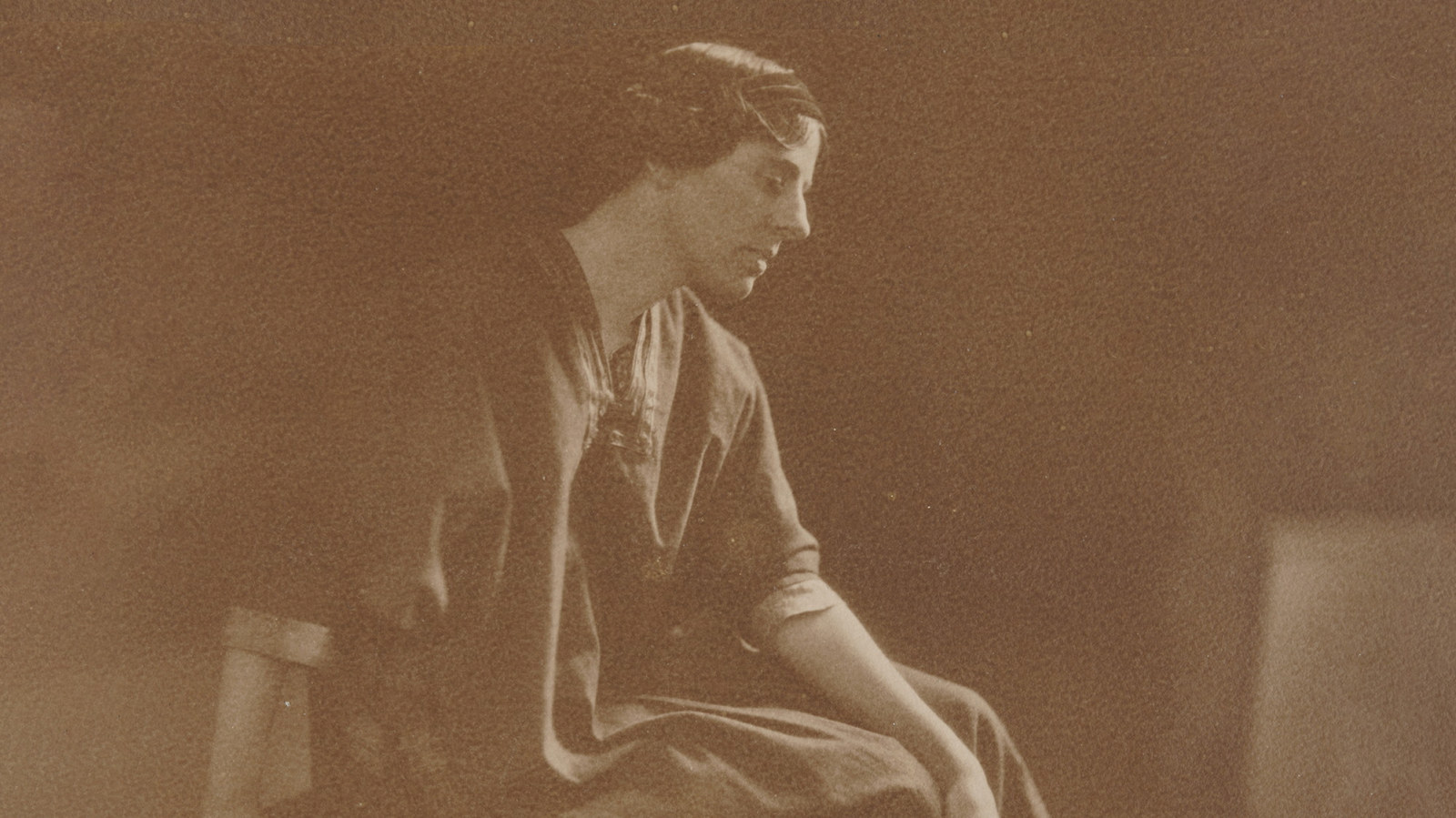
Marion Mahony Griffin: architect, environmentalist, visionary
Marion Mahony Griffin was a woman ahead of her time. Over five decades she promoted progressive ideas that are as relevant today, 150 years after her birth, as in her own time
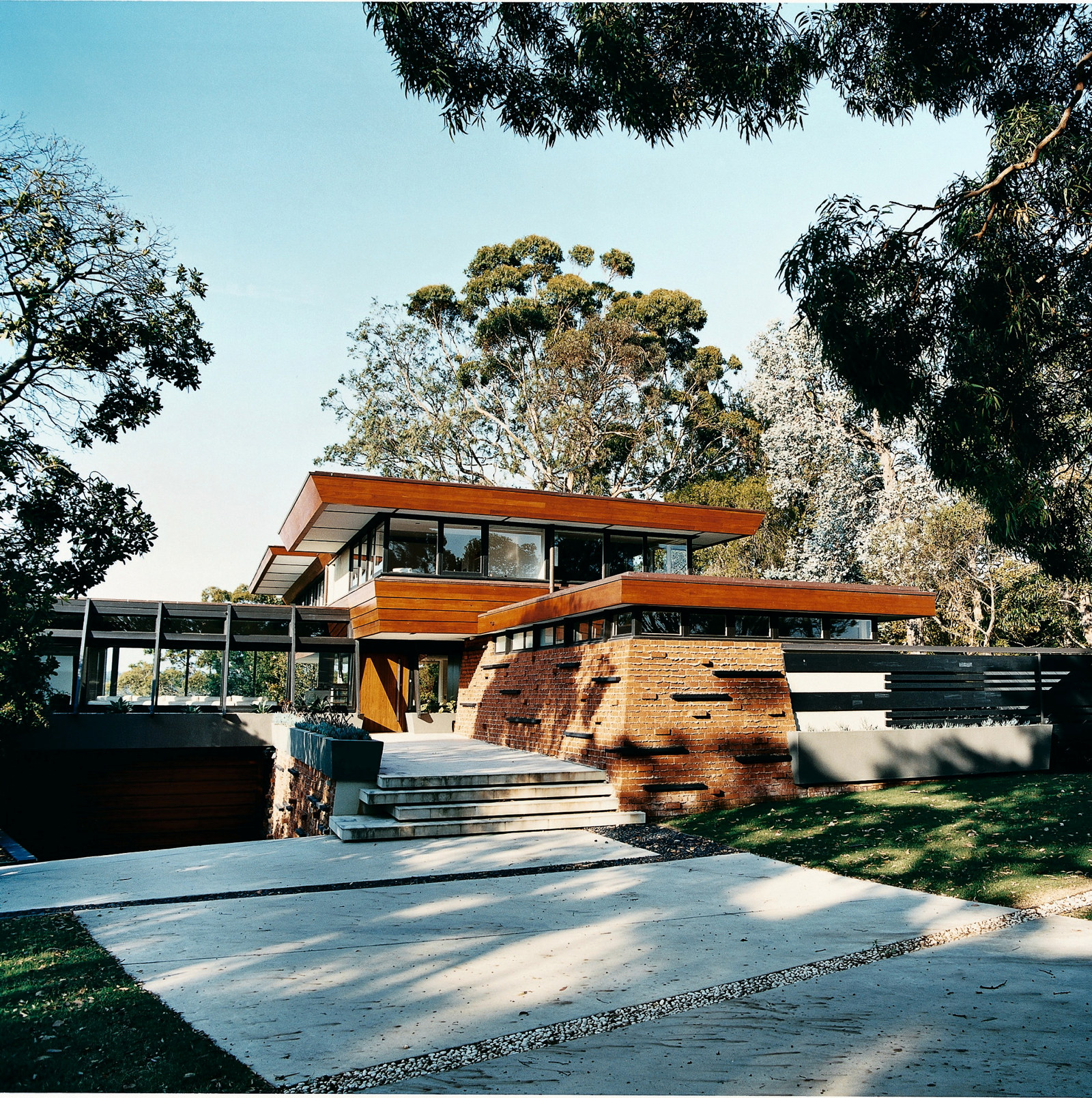
The Audette House
The original commission for the Audette House, located in Castlecrag, Sydney, was for a house in the American Colonial style. Instead the young architect, Peter Muller, delivered a modern Australian home heavily influenced by the philosophies of Frank Lloyd Wright.
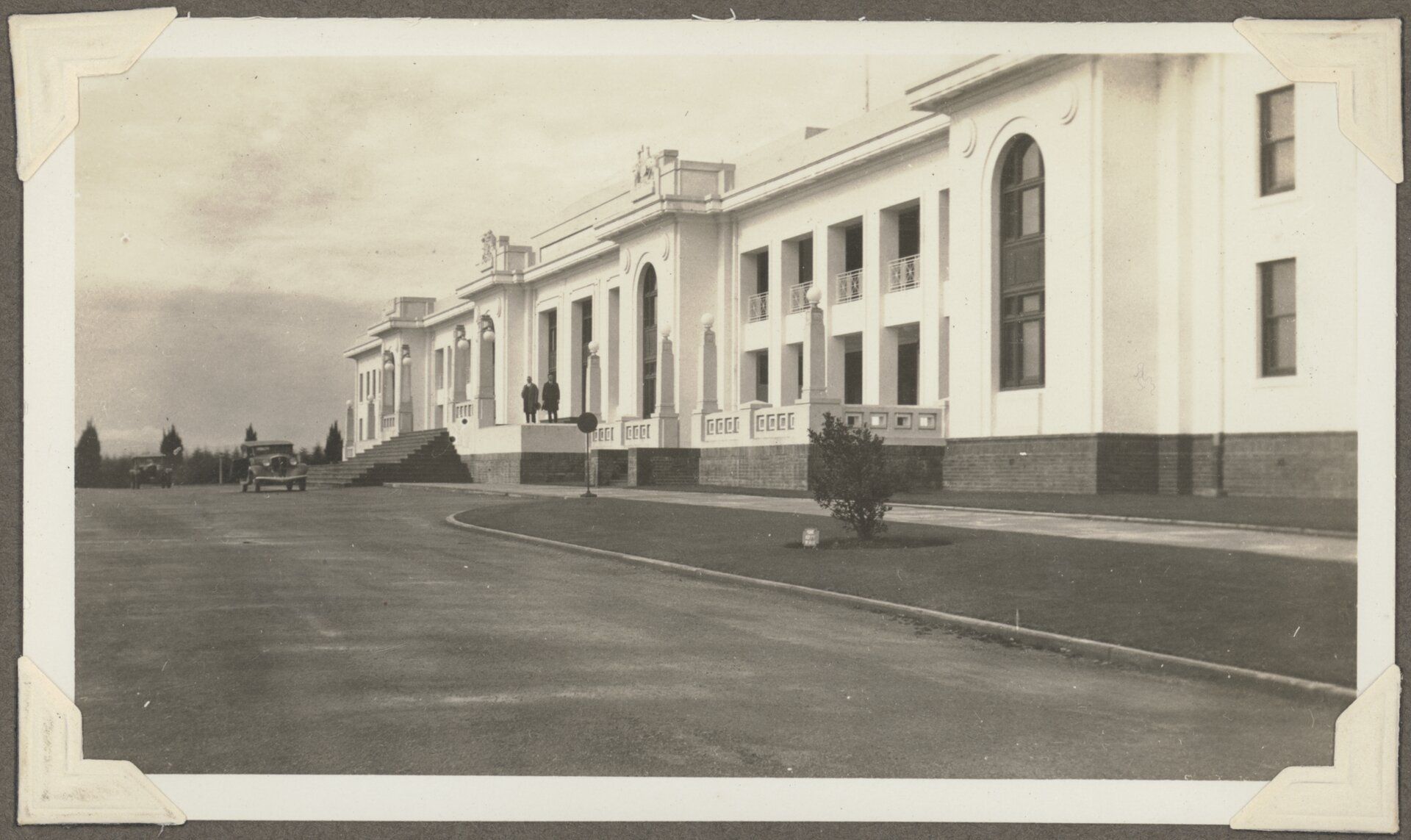
Canberra – the federal capital contest
This record series from the State Archives Collection sheds light on the proud efforts a number of towns, villages and other areas took to present their submissions to become the capital of the new Commonwealth

George Taylor’s improved fibrous plaster
In 1904, visitors to a newly built suburban bungalow in Victor Street Chatswood NSW might have been surprised by the variety of decoration in fibrous plaster that adorned the ceilings and cornices: lyrebirds, flannel flowers and ferns keeping company with scantily clad classical maidens
